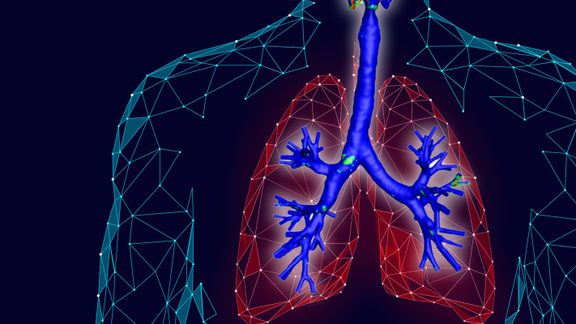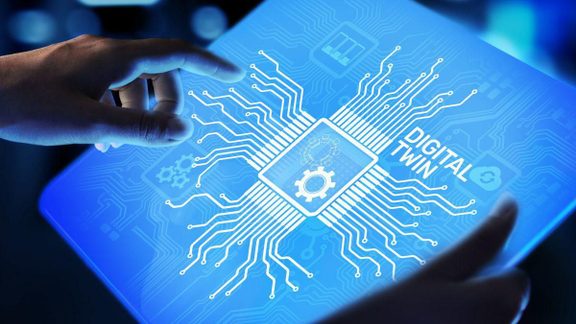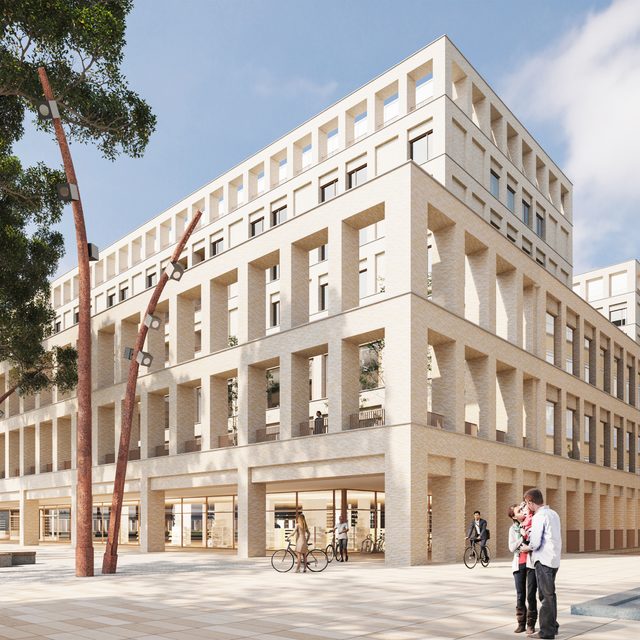
A ‘digital twin’ for airflow
About
We are proud to announce that One Simulations, part of Sweco, contributed its expertise in CFD simulations to a pioneering research project in medicine. One Simulations created a user-friendly digital twin that ensures that patients with respiratory problems are better medicated and receive that medication faster.
The challenge
Respiratory diseases, such as asthma are caused by the narrowing of certain parts of the people’s airways. The medical treatment of these diseases relies on patients’ inhaling atomised medication. Some patients experience uneven atomised medication distribution that makes their treatment ineffective, which results in increased side effects and wasted medication.
A CFD study may offer a solution. However, performing a CFD study for each patient is complex, time-consuming and costly because it involves manually creating a 3D model from a CT scan. One Simulations aims to provide an alternative by using a detailed CFD simulation.

The solution
The DiTIAD solution by One Simulations is an easy-to-use Digital Twin (DT) that can predict the particle deposition of inhaled medications. The process starts by scanning a patient’s airways. Key geometric parameters are extracted and these are used as input for the DT. The DT is then used to optimise the particle size of the inhaled medications to better position them in the patient’s airways. DiTIAD will be the digital alternative to harmful radiation testing and time-consuming and expensive CFD procedures. The DT created is a valuable asset for One Simulations as it provides hospitals with an alternative to harmful radiation testing and/or expensive and time-consuming CFD simulations.
Digital twins for everyone
CFD (Computational Fluid Dynamics) simulations are used to model the behaviour of gases and liquids. These are used within the built environment to simulate wind loads, wind nuisance and noise pollution, sizing smoke and heat extraction systems, optimising ventilation systems, and many other situations.
Creating building simulations is one method used to make informed estimates of how elements within a building design will perform in real-life conditions. These computer simulations allow architects and engineers to assess the performance of their designs. Simulations help them understand the interrelationship between design and performance parameters and identify potential problem areas so they can make and test appropriate design changes.
Building simulations play an essential role in solving complex issues and prove their added value, especially during a building’s conceptual stage. The simulations show how a building meets predetermined performance criteria once it is put into use. With a digital twin, we monitor, evaluate and follow up on the performance of all assets to ensure that the original ambitions are also satisfied during this stage.
In addition, the results of the scan provide valuable insights for improvements on the next project.

A fish out of water?
No, absolutely not. Our contribution to this research fits within Sweco’s mission of Transforming Society Together. In this case, our perspective goes beyond our buildings, energy and infrastructure. ‘It takes a village to raise a child.’ We wish to help build the village… and we also want to use our expertise for the well-being of our children of today and tomorrow. Innovation and digitisation are two key catalysts for a healthy and sustainable future.
Other interesting articles

World Water Day: no water to waste

University Hospital Ghent, CO2 - neutral in 2050
